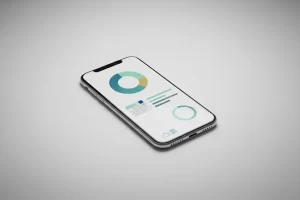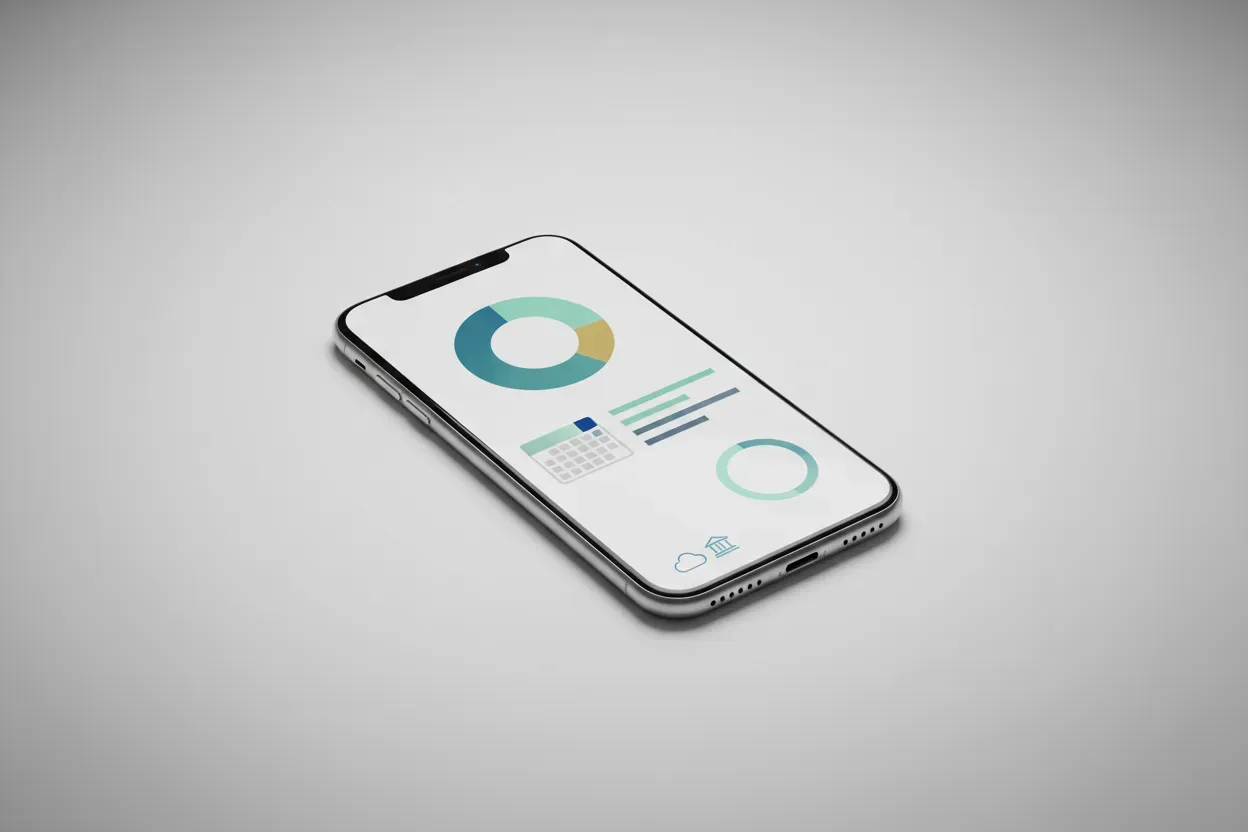How Do You Evaluate and Select the Best Technology Solutions for Your Business?
Selecting the right technology is crucial for business efficiency and growth, so we’ve gathered insights from CEOs, CTOs, and other top executives on their methods for evaluating tech solutions. From reverse-engineering to identify needs to employing the MoSCoW technique for prioritizing requirements, discover the nine techniques these leaders recommend for selecting the best tools to meet your business objectives.
- Reverse-Engineer to Identify Needs
- User-Centric Testing for Fit
- Structured Approach for Right Tool
- Utilize Gartner and G2 Reviews
- Pilot and Review Approach
- Proof of Concept for Scalability
- Hands-On Testing With Stakeholder Input
- Metric-Based Evaluation With KPIs
- Needs Assessment and MoSCoW Technique
Reverse-Engineer to Identify Needs
Normally, it’s best to reverse-engineer—understand what you need, not what you want, and then work it back from there. You’ll find nothing is the perfect fit, but sometimes you can group tools, or one tool does 80-90% of your needs.
Ross Jenkins, CEO, DigitalME
User-Centric Testing for Fit
One key method we use at our company to evaluate technology solutions involves a rigorous process of user-centric testing. For example, before integrating any new tool into our ecosystem, we first run a pilot program within a selected department. We choose a group of end-users who represent our larger user base and let them use the tool under real conditions.
We then gather detailed feedback on usability, functionality, and integration capabilities. This is supplemented by performance metrics collected during the pilot, such as speed improvements, error rates, and user satisfaction scores.
From there, a comprehensive review is conducted with all stakeholders to discuss the findings. If the tool meets our criteria of enhancing productivity without disrupting existing workflows, we consider a broader rollout. This method ensures that any technology we adopt is not only the best fit for our technical requirements but also enhances our team’s day-to-day operations.
Alari Aho, CEO and Founder, Toggl Inc
Structured Approach for Right Tool
Here’s a structured approach to ensure you pick the right tool for the job:
- Define Your Needs and Pain Points – Start by clearly outlining your business goals and challenges. What specific problems are you trying to solve? What functionalities are critical for success? Think of it like building a house—you wouldn’t choose materials before understanding the blueprint!
- Research and Shortlist Potential Solutions – Dive into research! Explore relevant software categories, compare features, and identify potential vendors. Leverage online reviews, industry publications, and analyst reports. Shortlist 3-5 solutions that seem like a good fit.
- The “Proof is in the Pudding” Stage: Demos and Trials – Don’t just rely on brochures! Most vendors offer demos or free trials. This is your chance to see the solution in action. Test its capabilities, assess user-friendliness, and gauge its fit with your workflows.
- Consider the Bigger Picture: Integration, Scalability, and Cost – The ideal solution shouldn’t exist in a silo. Evaluate how it integrates with your existing software ecosystem. Will it scale with your business growth? Finally, analyze the cost structure. Look beyond the initial price tag and consider factors like implementation fees and ongoing support costs.
- Reference Checks and User Reviews – Don’t underestimate the power of real-world experiences. Reach out to existing users of the shortlisted solutions. Reference checks and user reviews offer valuable insights into the platform’s strengths and weaknesses in a practical setting.
By following these steps, you’ll be well-equipped to choose the technology solution that empowers your business and drives success!
Aditya Jani, Product Marketer, Middleware.io
Utilize Gartner and G2 Reviews
My first go-to in all instances, prior to selecting a solution and proceeding to evaluate, is the Gartner Quadrants. The second is the G2 reviews. These two steps reduce the number of solutions and mean any time and money investment is highly efficient and worthwhile.
Richard Common, Operations Director, Trustack
Pilot and Review Approach
Evaluating and selecting the right tech solutions is a bit like dating—you need to find the perfect match for your needs and goals. One method we swear by is the “Pilot and Review” approach.
First, we identify the core requirements and must-have features. Then, we shortlist a few promising tools based on initial research and reviews. Next comes piloting.
We set up a small-scale trial with each tool. This involves a hands-on test run with a dedicated team using real project scenarios. We track performance, user feedback, integration ease, and overall efficiency.
After the pilot phase, we gather the team for a review session. We compare the tools against our initial requirements, and everyone shares their experiences. This collective feedback helps us make an informed decision.
Rahul Vij, Co Founder, WebSpero Solutions
Proof of Concept for Scalability
When evaluating and choosing technology solutions, we have a process that prioritizes scalability and user experience. One of our methods is the “Proof of Concept” (PoC) approach. This strategy involves testing a scaled-down version of the technology within our operations to evaluate how well it works and fits with our systems.
For instance, when we were looking into incorporating an analytics tool, we ran a PoC to monitor its performance for a month. We collected feedback from our team. We examined how it affected our workflow and customer engagement metrics. By conducting this hands-on trial, we were able to make an educated decision, ensuring that the tool met our standards for efficiency and value. The PoC method has been instrumental in helping us select technology that truly improves our signage solutions.
Mark McDermott, CEO & Co-Founder, ScreenCloud
Hands-On Testing With Stakeholder Input
When I need to choose technology for my business, I find it helpful to test out different options before making a decision. This means trying out different tools or software that fit our needs and seeing how they work on a small scale.
In the initial testing phase, I collect input from important people involved, like employees who will use the technology regularly, to see how easy it is to use, how well it works, and if it works with our current systems. This hands-on method helps us find any problems or restrictions early on and decide if the technology meets our needs and improves how we work.
I also look at real examples, feedback from customers, and reviews from experts in the industry to see how well the solution has worked in the past. This helps us make smart choices based on actual results and feedback, so we can choose technology solutions that provide the most benefit and match our long-term business goals.
Matthew Ramirez, Founder, Rephrasely
Metric-Based Evaluation With KPIs
At our company, we heavily rely on a metric-based evaluation method. This process starts with defining specific key performance indicators (KPIs) that the new technology must impact positively. For example, if we are evaluating a new email marketing tool, our KPIs might include email open rates, click-through rates, and conversion rates. We then use a scorecard approach to grade each tool based on how well it meets our KPIs during the trial period.
The scorecard also includes user feedback on the tool’s ease of use and support quality. By quantifying performance across various dimensions, we can make more objective and data-driven decisions that are aligned with our strategic goals. This method streamlines the selection process and helps in justifying the investment to stakeholders.
Marc Bishop, Director, Wytlabs
Needs Assessment and MoSCoW Technique
To evaluate and select the most reliable technology solutions for your business, start with a needs assessment. Identify particular business requirements and pain points. The next step is to conduct a market analysis to compare available tools. Another effective method is the “MoSCoW” technique, in which you categorize needs into “must-haves,” “should-haves,” “could-haves,” and “won’t-haves.” This helps prioritize features and narrow down choices. Engage with stakeholders for feedback and conduct pilot testing to ensure the solution meets the needs. In the end, review scalability, support, and cost before making a decision.
Dhari Alabdulhadi, CTO and Founder, Ubuy Netherlands







































